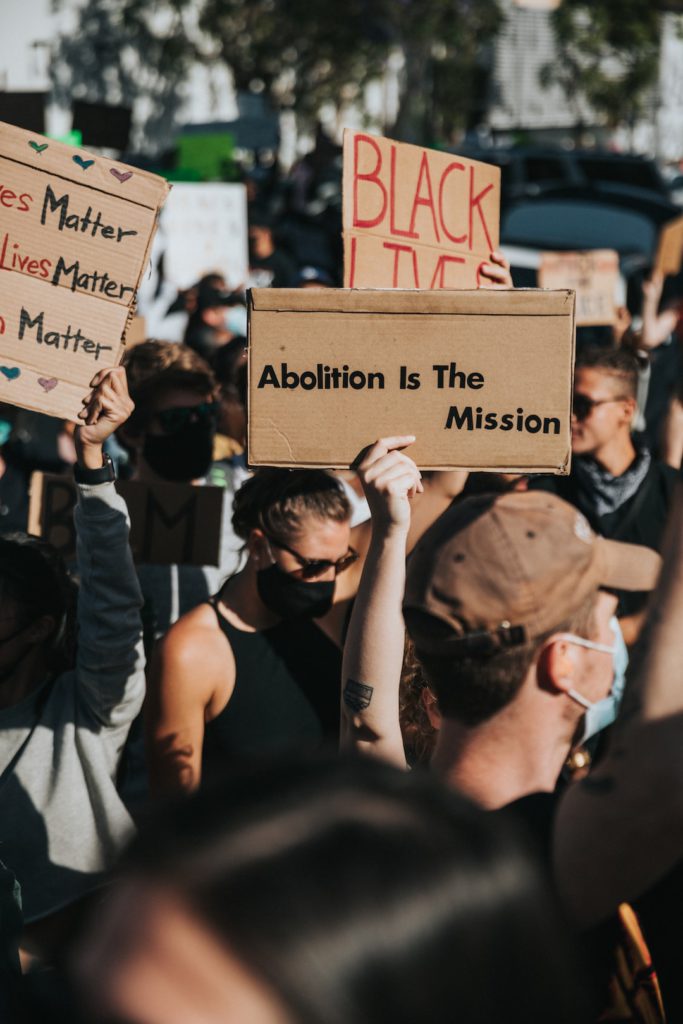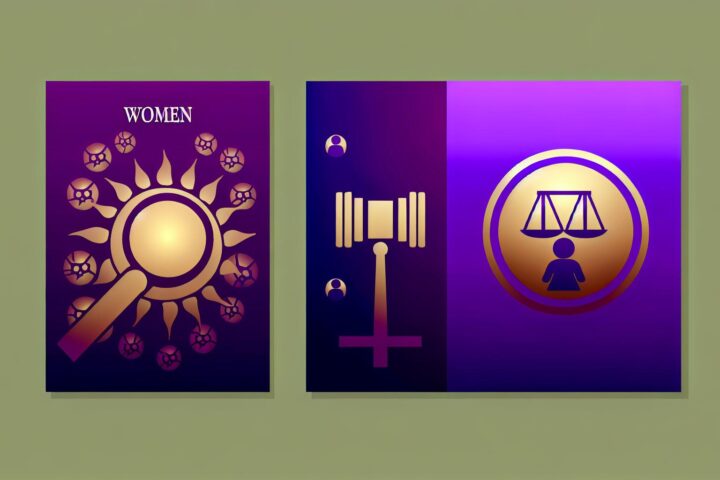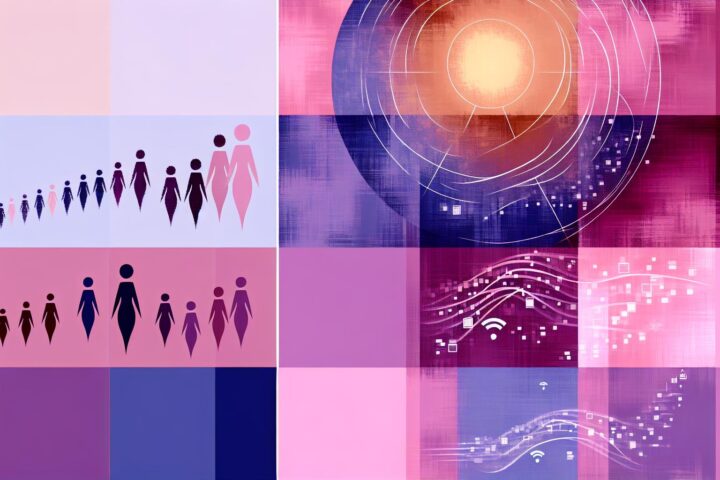Key Takeaways
1. Bisexuality is a sexual orientation that encompasses attraction to both men and women.
2. The question of whether all women are bisexual is complex and cannot be answered definitively.
3. Sexual orientation is a spectrum, and individuals may experience varying degrees of attraction to different genders.
4. It is important to respect and validate individuals’ self-identified sexual orientations.
Introduction
The topic of human sexuality has always been a subject of fascination and intrigue. One particular question that often arises is whether all women are bisexual. This question stems from the assumption that women are more fluid in their sexual orientation compared to men. In this article, we will explore the concept of bisexuality, discuss the complexities surrounding the question, and shed light on the diverse nature of human sexuality.
Understanding Bisexuality
Bisexuality is a sexual orientation that encompasses attraction to both men and women. It is important to note that bisexuality is not a binary concept, but rather a spectrum. Individuals who identify as bisexual may experience varying degrees of attraction to different genders. Some may have a preference for one gender over the other, while others may experience equal attraction to both.
It is crucial to understand that bisexuality is a valid and legitimate sexual orientation. Unfortunately, bisexuality has often been misunderstood and stigmatized. Bisexual individuals may face challenges in both heterosexual and LGBTQ+ communities, as their sexual orientation is sometimes dismissed or invalidated.
The Complexity of Sexual Orientation
The question of whether all women are bisexual cannot be answered definitively. Sexual orientation is a deeply personal and individual experience. While some women may identify as bisexual, others may identify as heterosexual, lesbian, or any other sexual orientation. It is essential to respect and validate individuals’ self-identified sexual orientations, as they are the experts of their own experiences.
Research has shown that sexual orientation is not solely determined by biology or genetics. It is influenced by a complex interplay of genetic, hormonal, environmental, and social factors. Additionally, sexual orientation can evolve and change over time for some individuals. Therefore, it is not accurate or fair to make sweeping generalizations about the sexual orientation of an entire group of people.
Exploring Female Sexuality
Female sexuality has historically been subject to societal constraints and expectations. Women’s sexual desires and experiences have often been suppressed or overlooked. However, as societal attitudes towards sexuality continue to evolve, there is a growing recognition of the diverse nature of female sexuality.
Studies have shown that women, on average, tend to be more fluid in their sexual orientation compared to men. This fluidity means that women may experience changes in their attractions and desires over time. However, it is important to note that not all women are bisexual or experience fluidity in their sexual orientation. Just as with men, women’s sexual orientation exists on a spectrum, and individual experiences may vary.
Challenging Stereotypes and Myths
There are several stereotypes and myths surrounding bisexuality and female sexuality in general. One common misconception is the belief that bisexuality is a phase or a stepping stone towards identifying as either heterosexual or homosexual. This myth undermines the validity of bisexuality as a distinct sexual orientation.
Another myth is the notion that bisexuality is a result of experimentation or attention-seeking behavior. This stereotype disregards the genuine and deeply felt attractions that bisexual individuals experience.
It is crucial to challenge these stereotypes and myths to create a more inclusive and accepting society. By recognizing and respecting the diverse nature of human sexuality, we can foster a culture of understanding and support for all individuals, regardless of their sexual orientation.
Conclusion
The question of whether all women are bisexual is complex and cannot be answered definitively. Sexual orientation is a deeply personal and individual experience that exists on a spectrum. While some women may identify as bisexual, others may identify as heterosexual, lesbian, or any other sexual orientation.
It is important to respect and validate individuals’ self-identified sexual orientations, as they are the experts of their own experiences. By challenging stereotypes and myths surrounding bisexuality and female sexuality, we can create a more inclusive and accepting society that celebrates the diverse nature of human sexuality.








